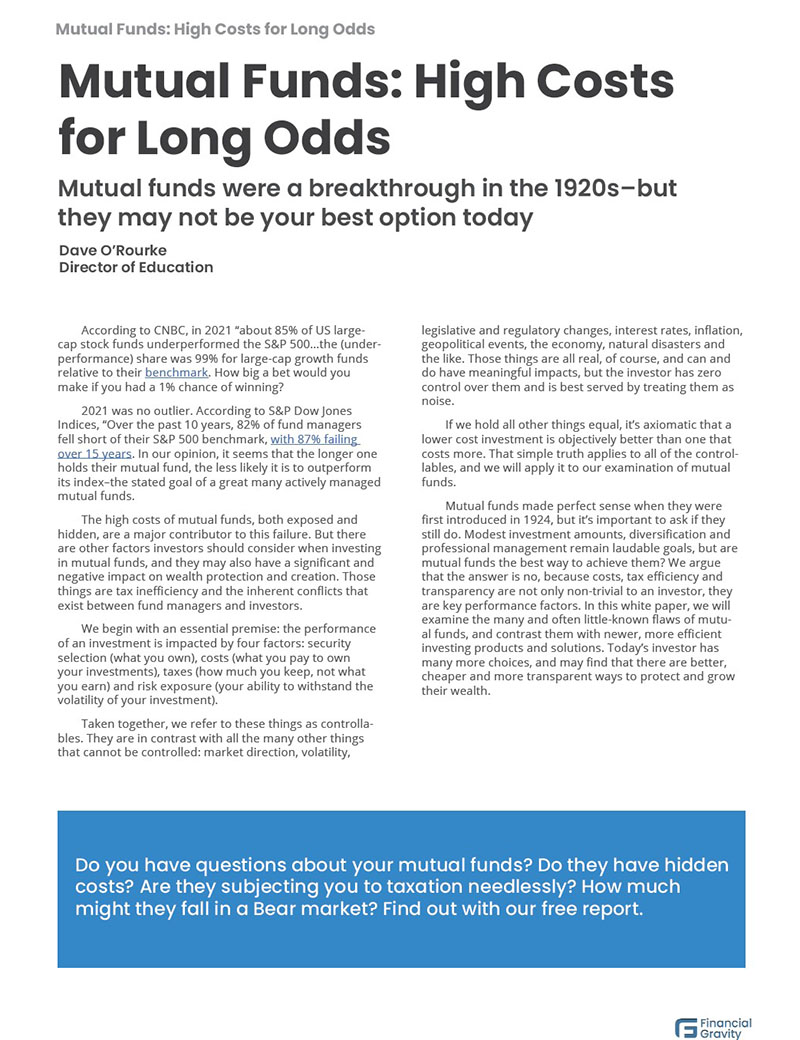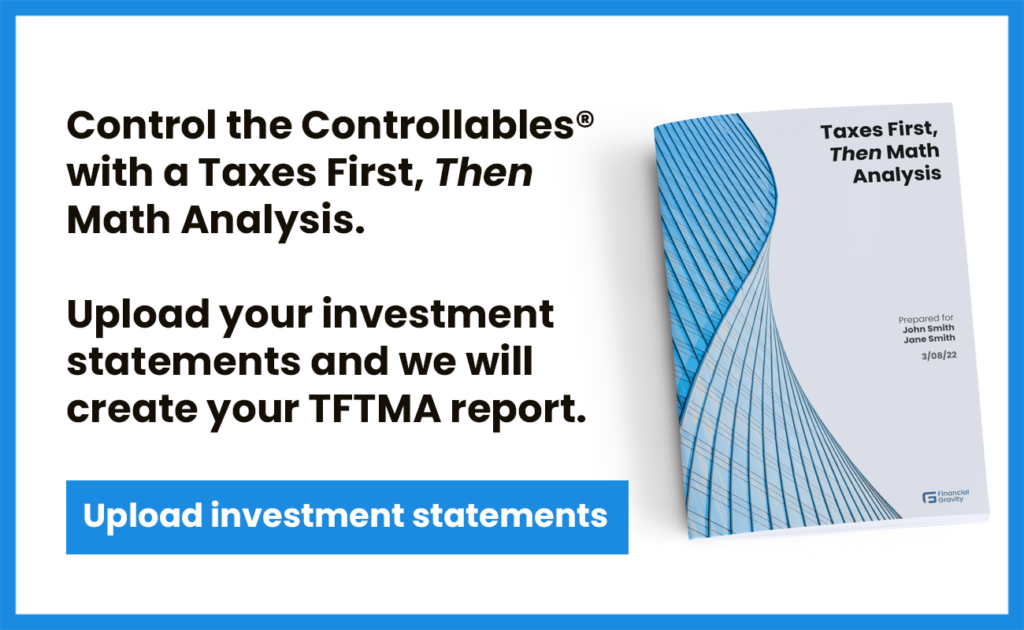Don’t Worry, Be Happy is a Smart Strategy for Investors
The U.S. stock market, particularly the Information Technology sector, is richly valued by historical standards, and the talking heads are doing their Chicken Little thing. History tells us that there are really only three possible outcomes in the short term and one in the long term. Seasoned investors know that it’s only the long-term outcome that matters.
Washington Irving (1983 – 1859), American writer, historian, and diplomat, was remarkably prescient about American culture. As one of the first American writers to achieve international fame, Irving captured enduring themes of American identity, nostalgia, and the tension between tradition and progress. Stock and bond investors could learn some important lessons from his body of work, notably Rip Van Winkle.
Irving’s seminal novel was published in 1819. The world moved more slowly 200 years ago, but America was undergoing tremendous changes in those days, having settled its independence and begun its relentless expansion westward—its manifest destiny to reach from ocean to ocean. America remains a dynamic country and a leader in virtually every area of the global economy.
In the story, Rip falls asleep for 20 years and awakens to find a completely changed world. Had you fallen asleep in 2005, you’d have woken up today to find massive changes in the world, from smartphones to social media’s domination over culture, to automation and AI, and blockchain and cloud computing.
If you had invested $100 in the S&P 500 at the beginning of 2005, with dividends reinvested, your account would have grown to approximately $745 by the end of 2024. This represents a total return of 644.80% or an annualized return of about 10.65%. Keep in mind that you’d have endured the historic bear market of 2007 to 2009, which would have been quite a setback. The peak-to-trough loss of the S&P 500 during the 2007-2009 bear market was approximately -56.8%.
Your 20-year nap would not have been an outlier. The S&P 500 has always produced positive returns over 20-year periods. According to data from Winthrop Wealth, approximately 93% of rolling 10-year periods have resulted in positive returns.
Even in weak decades, long-term investors still gained at least 3-6% annually. Strong decades, like the 50s, the 80s, and the 90’s have produced average annual returns in the 17% to 19% range.
Sleeping through the ups and downs of the market could do you a world of good, especially compared with those investors who panic during market crashes and sell at the worst times. Those who ignore short-term market noise (e.g., media hype, daily volatility) and stay invested tend to achieve better long-term returns.
Index Investing: Easy, Cheap, Tax-Efficient
Some people may suggest that simply buying and holding a portfolio of stocks is a bad idea because you could miss technological innovations and, therefore, miss out on lucrative investment opportunities. However, modern index investing largely solves this problem for you.
Popular indexes, like the S&P 500 (U.S. large caps), the Russell 2000 (U.S. small caps), and the MSCI EAFE (international large caps), are not static; they are reconstituted. Reconstitution of a stock index refers to the process of adding, removing, or adjusting the weightings of stocks within an index to ensure it accurately reflects the current market, economy, and investment criteria of the index. This is done periodically to maintain the index’s relevance and alignment with its intended purpose.
Investing in index ETFs has made investing much easier, not to mention cheaper and more tax-efficient. New companies are added when they meet the index’s criteria for things like market cap, profitability, and liquidity, and underperforming companies are removed and replaced. For example,Tesla (TSLA) was added to the S&P 500 in December 2020, and General Electric (GE) was removed from the Dow Jones Industrial Average in 2018, after over a century of inclusion, due to declining performance.
Compounding is Like Time Travel
In Irving’s novel, Rip Van Winkle jumps 20 years ahead instantly. Real life doesn’t work like that, but time does march relentlessly on for all of us. As the saying goes, nobody gets out of this life alive. But most of us do get decades to save and invest, and this unlocks the magic of compounding.
Since we’re thinking about Dutchmen in America, let’s look at another story involving the Dutch. In 1626, Dutch colonist Peter Minuit is said to have purchased Manhattan Island from Native Americans for $24 worth of trinkets. What a deal, or what a ripoff, you may say, depending on your point of view. But consider what that $24 would be worth today if those Native Americans had invested it to compound at 10% per year.
If $24 were invested at a 10% annual return since 1626, it would be worth approximately $786.85 quadrillion ($7.87 × 10¹⁷) today. It’s hard to wrap your mind around how much a quadrillion is, let alone 787 of them. Here’s one way to think of it: it’s 462,000 times as big as Bloomberg’s estimate of the total value of all Manhattan real estate today ($1.7 trillion). Peter Minuit seems to have missed an enormous opportunity with his $24. This is the sort of math that led Einstein to describe compound interest as the most powerful force in the universe.
No one is going to live 500 years, but here’s an example to ponder: a $10,000 investment in the S&P 500 in 1980 would be worth over $1 million today, assuming dividends were reinvested.
Is the market overvalued? Maybe. What will happen to stock prices? Who knows, but in the short term, it will go up, down, or sideways. Instead of reacting to every headline, investors should think long-term and stay the course. There’s ample historical evidence to conclude that the outcome of patience and discipline over 20 years will be positive.
Both Rip Van Winkle and the stock market provide a useful lesson: uninterrupted compounding is like “financial time travel”—the earlier you start saving and investing, the greater the rewards can be.









